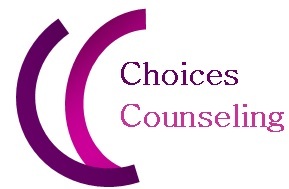The need for connection is more important now than it ever has been. None of us were actually 'seen' for who we are. There were no hugs, no eye contact, no looks of encouragement, understanding or care. Physicality is extremely important to social development. Seeing someone, hearing them, feeling their presence, being able to pass something or share something with someone was taken away.
It has affected us world wide. It has taken empathy away. We are all acting out in our own way because of this global trauma.
Be kind. Be understanding.



 RSS Feed
RSS Feed